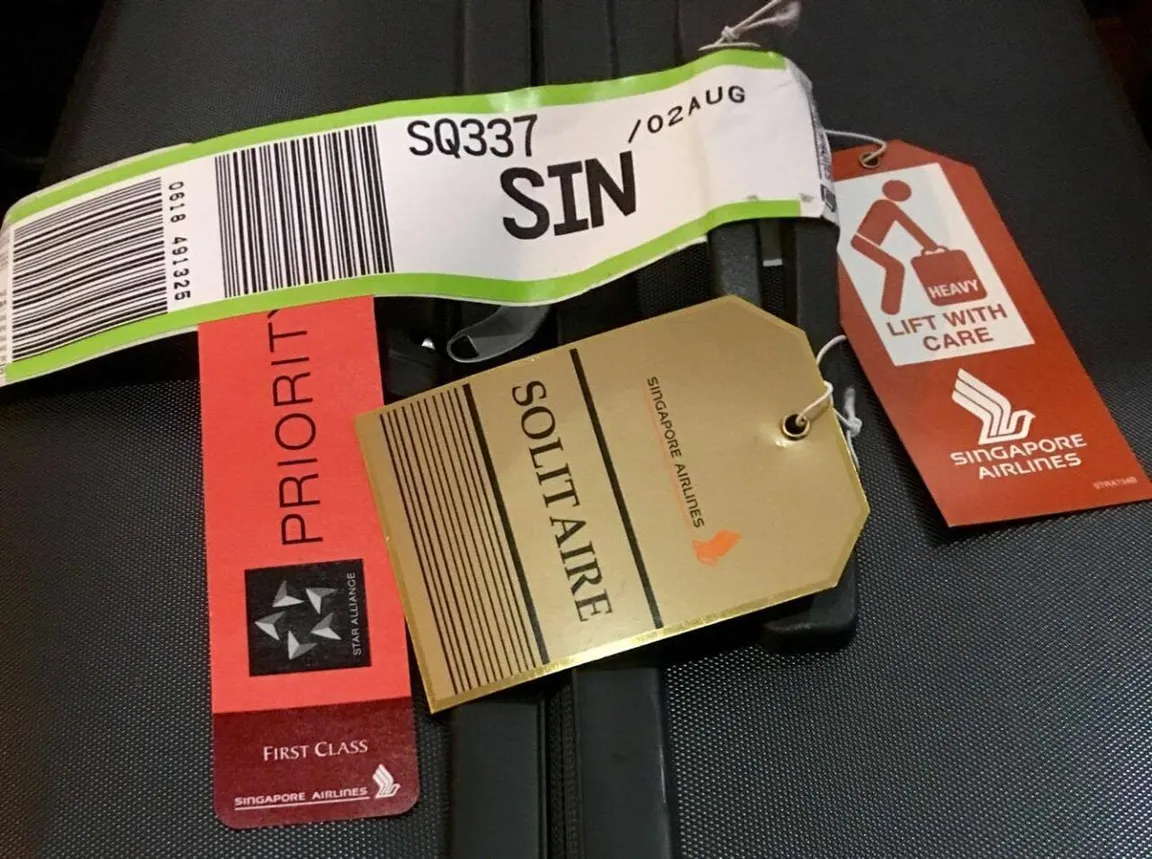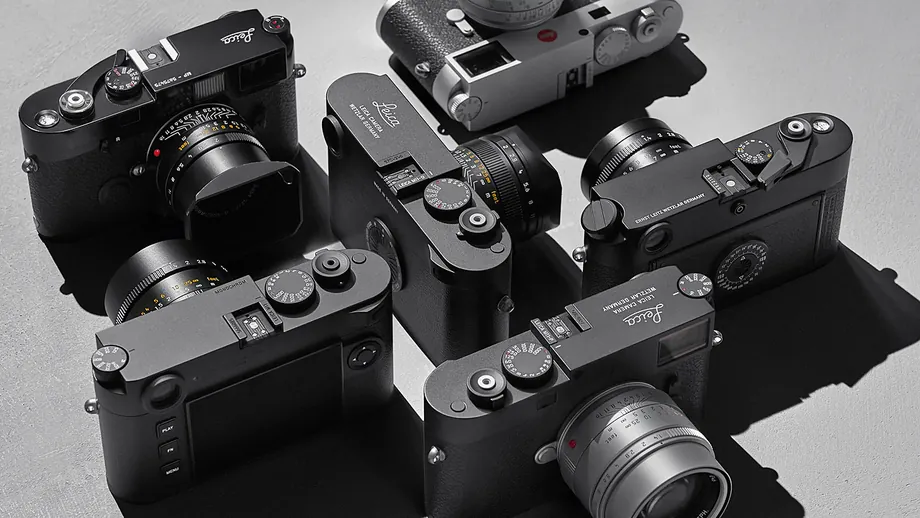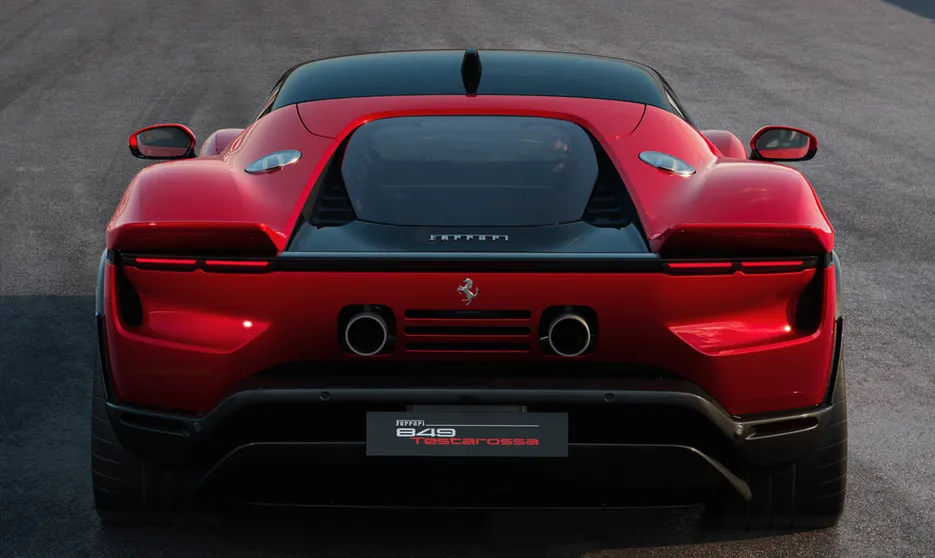The thrill of status
A familiar moment: an email lands — “Welcome to Gold.” The loyalty app refreshes, and a new tier badge appears beside your name. At the airport, you get priority at check-in, the boarding pass shows fresh letters of recognition, and the lounge door opens for you.
This is the emotional engine loyalty was built on: recognition and status. And it still works. But in 2025, something feels underwhelming. Customers, guests, and travellers want more than points, perks, and upgrades. They want loyalty to feel personal.
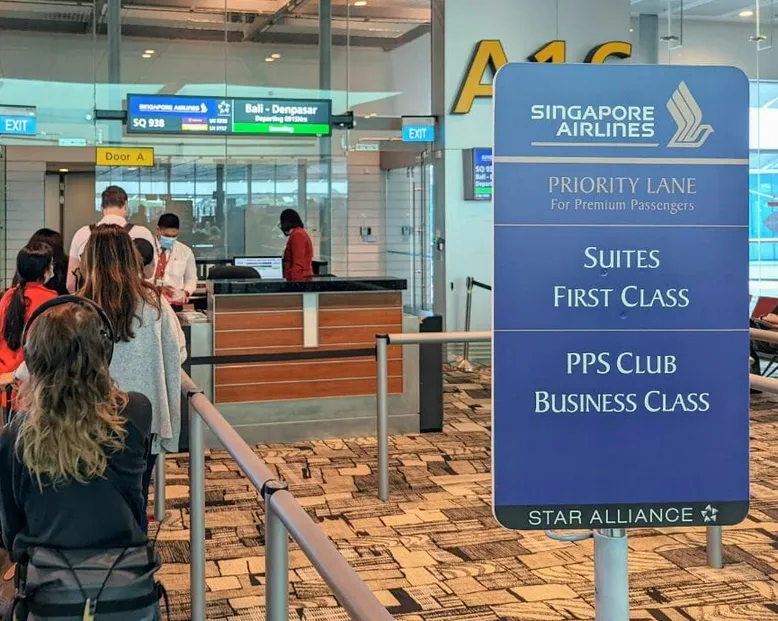
A short history of loyalty
The idea has deeper roots than most realise:
- 1896 (USA): Shoppers collected S&H Green Stamps, redeemable for catalogue goods — one of the first large-scale loyalty schemes.
- 1981 (USA): American Airlines launched AAdvantage, the first modern frequent flyer programme. Over one million members joined in the first year.
- 1983 (USA): Holiday Inn’s Priority Club offered free stays for nights booked, later evolving into IHG One Rewards.
- 1986–87 (USA): Diners Club’s Club Rewards and Discover’s cashback pioneered card-linked loyalty.
These schemes built the global scaffolding of loyalty: earn, redeem, tier up. Yet for all their structural strength, they remain largely transactional.
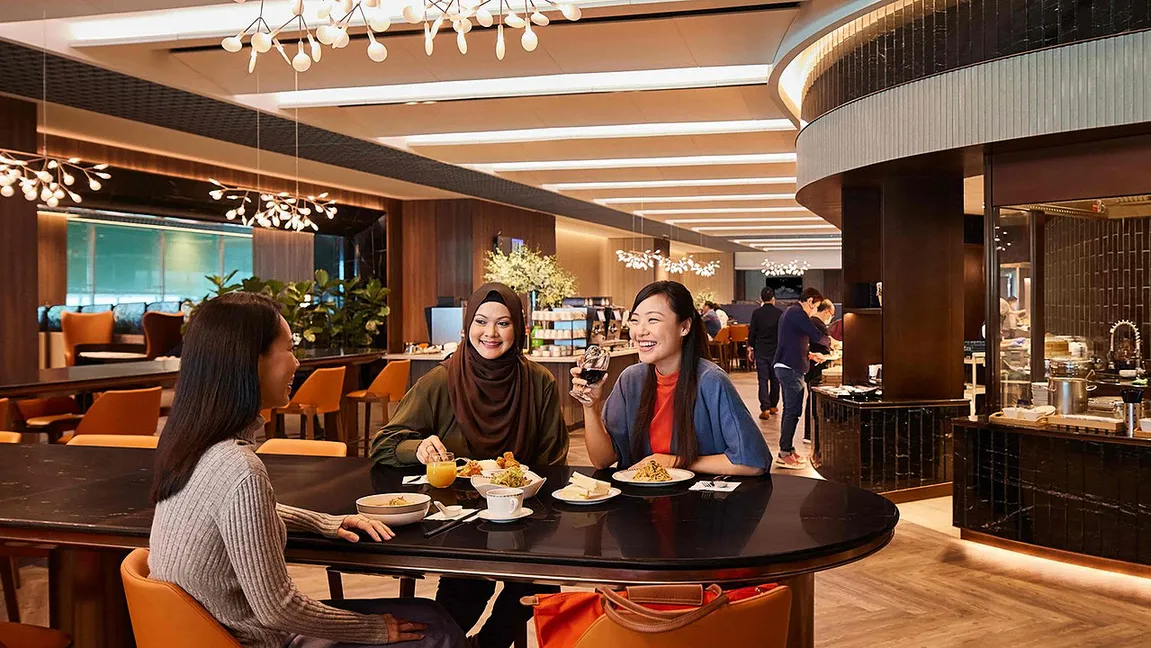
Where loyalty falters
Today, the weaknesses are visible across categories.
- 54% of loyalty memberships lie inactive, and 28% of members never redeem points at all (TLC Worldwide).
- 78% of consumers abandon programmes because thresholds feel impossible to reach (Propello).
- Only 44% of consumers find offers personally relevant (eMarketer).
- 90% of consumers express negative sentiment about loyalty programmes (TLC Worldwide).
These figures underline the gap: data is collected, perks are offered, yet the experience doesn’t feel personal.
The gap: expectations surge, delivery stalls
The irony is striking.
- Brands now hold more customer data than ever: passenger records, guest preferences, purchase histories.
- Technology has advanced dramatically: predictive analytics and AI can model behaviour and anticipate needs.
- Customers themselves expect more: personalisation in service, contextual communication, and experiences over ownership.
And yet: most programmes still default to points, tiers, and redemption mechanics. Opportunity races ahead, while delivery remains stuck in the past.
Recent research by Marriott (2023) shows the paradox. 85% of guests said they are willing to share preference data if it improves their experience — but many felt that staff were not trained to use that data effectively. The potential is clear; the execution lags.

Case studies: strong structures, weak personalisation
Airlines
- KrisFlyer (Singapore Airlines). A vast partner network, broad earn-and-burn routes, and easy digital integration. At the very top, Solitaire PPS Club even lets you nominate a loved one for a supplementary card and gives First Class check-in regardless of cabin—impressive access, yet personalisation is minimal and tier mechanics rather than context-aware personalisation.
- Asia Miles (Cathay Pacific). Another giant in Asia, with lifestyle partners from dining to retail. It provides flexibility, but personalisation is generic. Despite rich passenger data, the programme feels more like a wallet of discounts than a relationship.
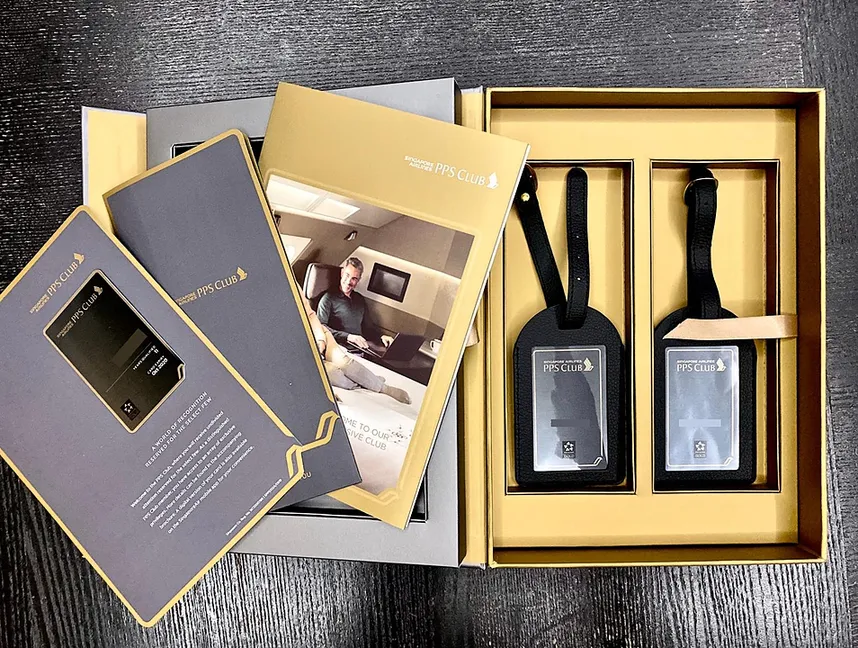
Hotels
- Marriott Bonvoy. A global powerhouse with seamless digital scale. Yet personalisation often feels thin. As Marriott’s own research shows, guests are willing to share data, but without staff training the benefit isn’t felt at the front line.
- Shangri-La Circle. Strong brand warmth and cultural nuance in Asia. The programme labels its base tier “Gold” and offers member benefits from day one, with Jade, Diamond, and Polaris layering status privileges on top. The naming sets a recognition tone early, yet the experience still leans points-driven and the personalisation feels generic.
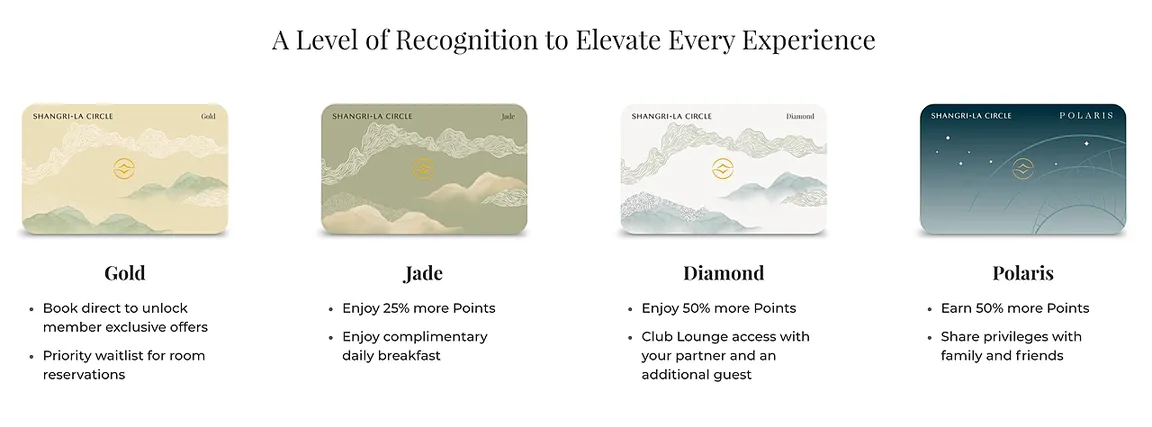
Malls
- K11 MUSEA (Hong Kong). A bold example of experiential loyalty: blending art, luxury retail, and curated cultural access. It creates moments beyond shopping. Yet even here, true personalisation through data remains limited.
- ION Orchard (Singapore). A partner-rich ecosystem with luxury and dining benefits. Its strength lies in scale and accessibility. But most touchpoints still lean on offers rather than contextual recognition.
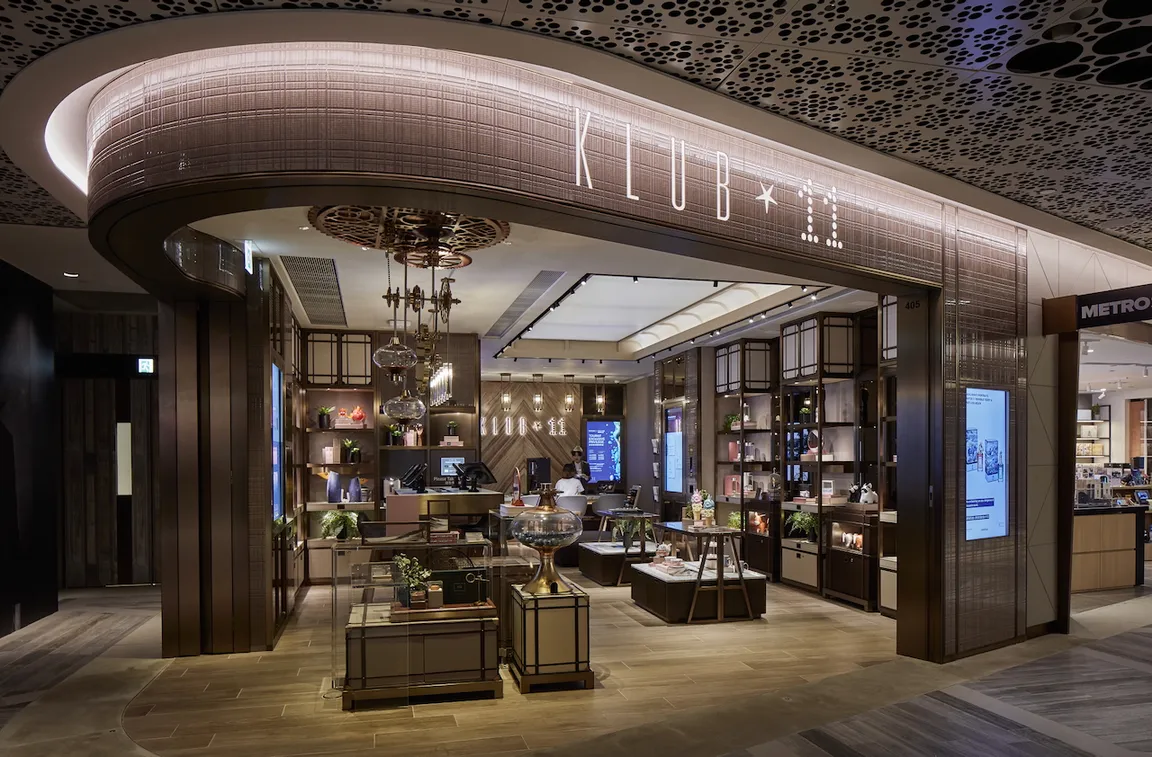
Automotive (outside the box)
- Lexus Owners’ Events (Japan). From golf tournaments to curated dining and art evenings, Lexus uses lifestyle experiences to create a sense of community and belonging.
- Porsche Clubs (Asia Pacific). Driving events and exclusive access nurture passion and identity. No points, no tiers — just experiences designed to deepen emotional connection.
Retail & Beauty
- Sephora Beauty Insider. A leading case in personalisation and gamification. Early access to launches, tailored offers, and community-building features make it engaging. While not luxury, it sets a standard for how data can translate into relevance.

Luxury Jewellery
- Tiffany’s Blue Book Gala & Cartier’s Cactus Club. Invite-only events and private client communities where access, not accumulation, is the reward. They show how loyalty in luxury moves beyond discounts into identity and belonging.

When loyalty turns silent
For more than ten years, I was a Lufthansa Senator (Gold member) — the result of countless flights and consistent loyalty. The benefits were clear: lounge access, upgrades, recognition.
But when my travel slowed, I dropped in tiers. The silence was deafening. No “Matthias, we miss you.” No tailored outreach. Just a quiet downgrade.
Other global carriers behaved the same, but Lufthansa stung more because of the years invested. Today, Lufthansa is transactional for me: the product is good, but not fantastic. I only choose them if the ticket is significantly cheaper.
The absence of personalisation transforms loyalty into a commodity.
Industry research in hospitality shows the same pattern. 67% of guests said they wanted interaction to continue after checkout, but most experienced silence. A missed chance to turn a stay into a relationship.
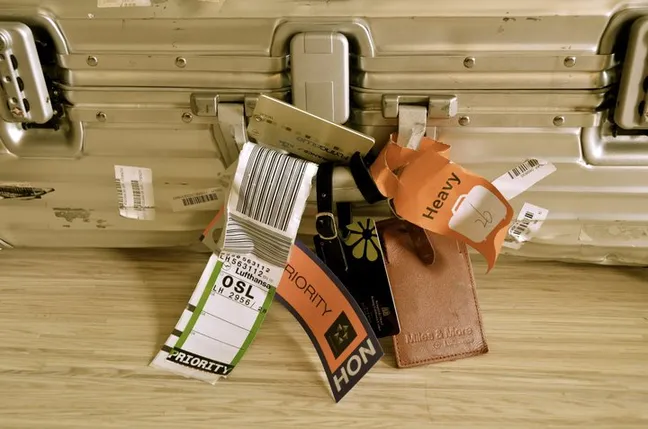
Where have you ever felt understood?
A question to reflect on:
Where have you ever felt that a programme truly understood you — beyond points and perks? Where did it offer something you genuinely appreciated, setting itself apart from the rest?
What Needs to Change
For loyalty in 2025 and beyond, the pivot is clear. The mechanics of points and tiers remain useful scaffolding — but they are no longer enough. Programmes must evolve from structural frameworks into personal systems of recognition.

1. From static tiers to contextual recognition
Most loyalty schemes still treat the member ID as a single persona. In reality, the same individual can be a consultant on a business trip, a parent on holiday, or a partner on a weekend break. Current programmes rarely adjust.
- Contextual recognition means why you travel matters as much as how often.
- Example: a frequent flyer travelling with family could receive bundled family lounge access instead of solo upgrades; a business guest could be offered express check-out while a leisure guest gets wellness perks.
- Some programmes brand their entry tier as “Gold” and reserve deeper perks for higher levels. This shows how design choices shape who feels valued; the real leap comes from contextual recognition, not just climbing a tier ladder.
2. From silent attrition to proactive outreach
Dormancy is still treated as a data point, not a trigger. Members lapse, and silence follows. Yet outreach at the right moment can re-engage.
- Airlines could send “We miss you” messages tied to past journeys (“It’s been a year since your last Frankfurt flight — here’s a personal offer”).
- Hotels could re-engage with curated experiences (“Last time you booked a spa retreat; here’s our new wellness package waiting for you”).
- Loyalty should act before the silence becomes permanent.
3. From points and discounts to experiential relevance
Affluent customers are not swayed by another 5% voucher. What resonates is access, exclusivity, and facilitation.
- Sephora’s Beauty Insider rewards with tailored early access to launches, while Tiffany’s Blue Book Gala or Cartier’s Cactus Club invite-only events build belonging.
- The shift is clear: loyalty should link to aspiration and identity, not just transaction.
4. From fragmented partners to end-to-end ecosystems
Partnerships abound, but rarely add up to seamless experiences. A true ecosystem should feel like connective tissue across life moments.
- Imagine a loyalty platform that books flights, auto-upgrades hotel stays, arranges transfers, and unlocks dining perks — in one flow.
- In Asia’s mall-driven economies, programmes like K11 MUSEA hint at this potential by blending retail, art, and culture. Loyalty can become a curated journey, not a patchwork of perks.
5. From data collection to visible personalisation
Brands already hold vast data: seat preferences, booking histories, purchase records. Yet they seldom show customers how it improves the experience. That creates a sense of surveillance, not service.
- Recent Marriott research (2023) showed 85% of guests are willing to share data for better personalisation, but without trained staff to act on it, the benefit disappears.
- Transparency is the pivot: “We noticed you prefer late checkouts — it’s already arranged.” Small signals of recognition can outweigh the most elaborate tier chart.
6. From technology-only to empowered people
AI and analytics can shape offers, but only empowered people create trust. Too often, staff lack the authority to act on insights.
- Industry proposals include discretionary budgets for associates to resolve issues on the spot, creating “micro-moments” of delight.
- Without empowered people, personalisation risks becoming another mechanical script. Technology amplifies; humans connect.

Final Thoughts
Loyalty programmes have stood the test of time because the foundations are strong. Recognition and status remain powerful human triggers. But in today’s world, those triggers are no longer enough.
Brands hold the data, the tools, and the permission. Customers expect contextual, human recognition. The gap between opportunity and delivery is the true weakness of loyalty today.
The next frontier is not structural. It is personal.
If you’re rethinking your loyalty programme, now is the time to turn data into real recognition — and create the kind of loyalty customers truly value.
